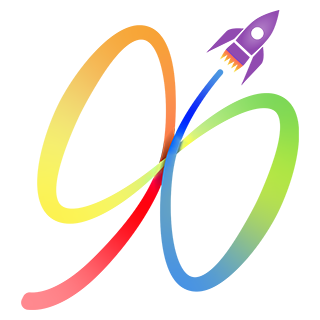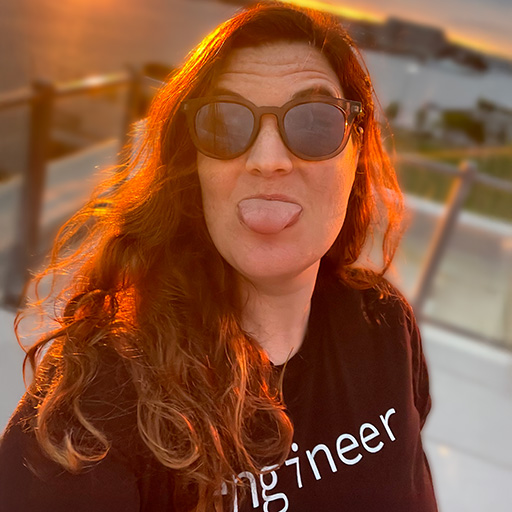Designing for Kids Who Ask Big Questions
When we talk to kids about what they'd want to explore at virtual science labs, they always surprise us with insightful ideas that help us craft our product strategy. They want to know things like:
“What kind of moon is that?”
“Is it a good day to play outside?”
“Are the sea otters okay? They’re endangered and I worry about them.”
That last one came from Marcus, one of our earliest subscribers, who gravitated towards our virtual sea lab content. His concern for the sea otters didn’t just touch our hearts—it helped shape the direction of our platform itself, and your kids can, too.
Key Takeaways
At Infinite Retry Labs, we believe some of the best ideas in tech come from the most unexpected places—like the questions curious kids ask when they’re exploring the world.
Designing for the Questions Kids Want Answered
In most technology circles, observability means dashboards and insights, and oversight and crisis prevention: Is the system healthy? Are the metrics stable? Are all systems go?
At IRL, observability has a fresh meaning meant for kids and the galaxy we all live in together. For us, it’s about designing for the questions kids want answered. It’s about curiosity, empathy, and discovery.
Our mission is to connect the digital and physical worlds in ways that support healthier screen time for busy families. A “successful session” in our book isn’t one that lasts longer online—it’s one that ends with:
- A child transitioning from a virtual sea lab activity to a real-life conversation, craft or hobby, like coloring or a 3D printing project.
- A parent joining in for a shared moment of learning or play, and talking about what's important to a child.
- A burst of inspiration that extends beyond the app and into the real world with tangible connections and practical skills.
When that happens, we know we’re doing our job right.
Marcus and the 3D Printable Otter Project
Marcus’s simple but profound question—“Are the sea otters okay?”—inspired our latest batch of screen-free activities, including a 3D printable otter project now included in every new paid subscriber welcome kit.

This project represents what we’re building toward: experiences that start on-screen but come to life off-screen, powered by kids’ curiosity. It’s our favorite kind of loop—where empathy drives creativity, and creativity reinforces empathy.
Introducing the Voyager Tier: Building Together, Kid by Kid
Marcus isn’t just one of our first users—he’s a Voyager.
Our Voyager subscription tier ($7/month) is our highest membership tier - and it's built for families who want to help shape Infinite Retry Labs as we grow. Think of it like a Kickstarter, but for kids: early subscribers get access to our expanding project library, early feature previews, and a front-row seat to influence our product direction in different ways.
Voyagers in particular work with us and give us ideas, share feedback, test prototypes, and help us decide what to build next. In return, they get exclusive early access to new content—like Marcus’s otter project—and the joy of seeing their ideas come to life in our platform.
As a kid-focused observability company, this tier lets us observe what truly resonates with young users and their families—not just through analytics, but through collaboration so we build truly delightful experiences.

Join the Voyager Program
If your family believes curiosity deserves better tools—and you want your kids to help shape the next generation of kid-centered technology—we’d love to have you join our Voyager community.
👉 Become a Voyager and help us design for the questions that matter most.






